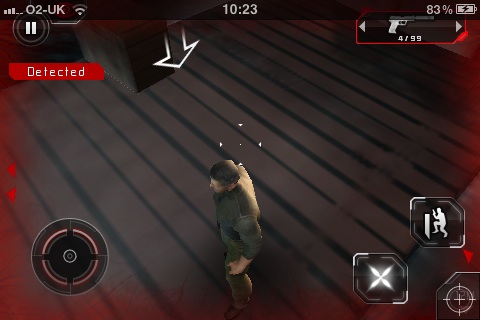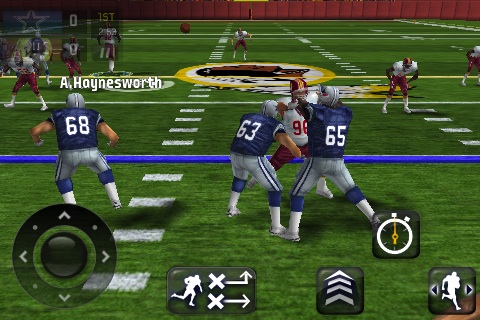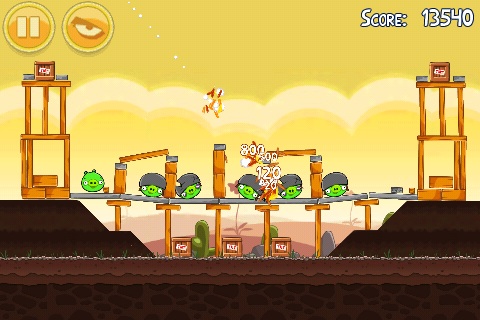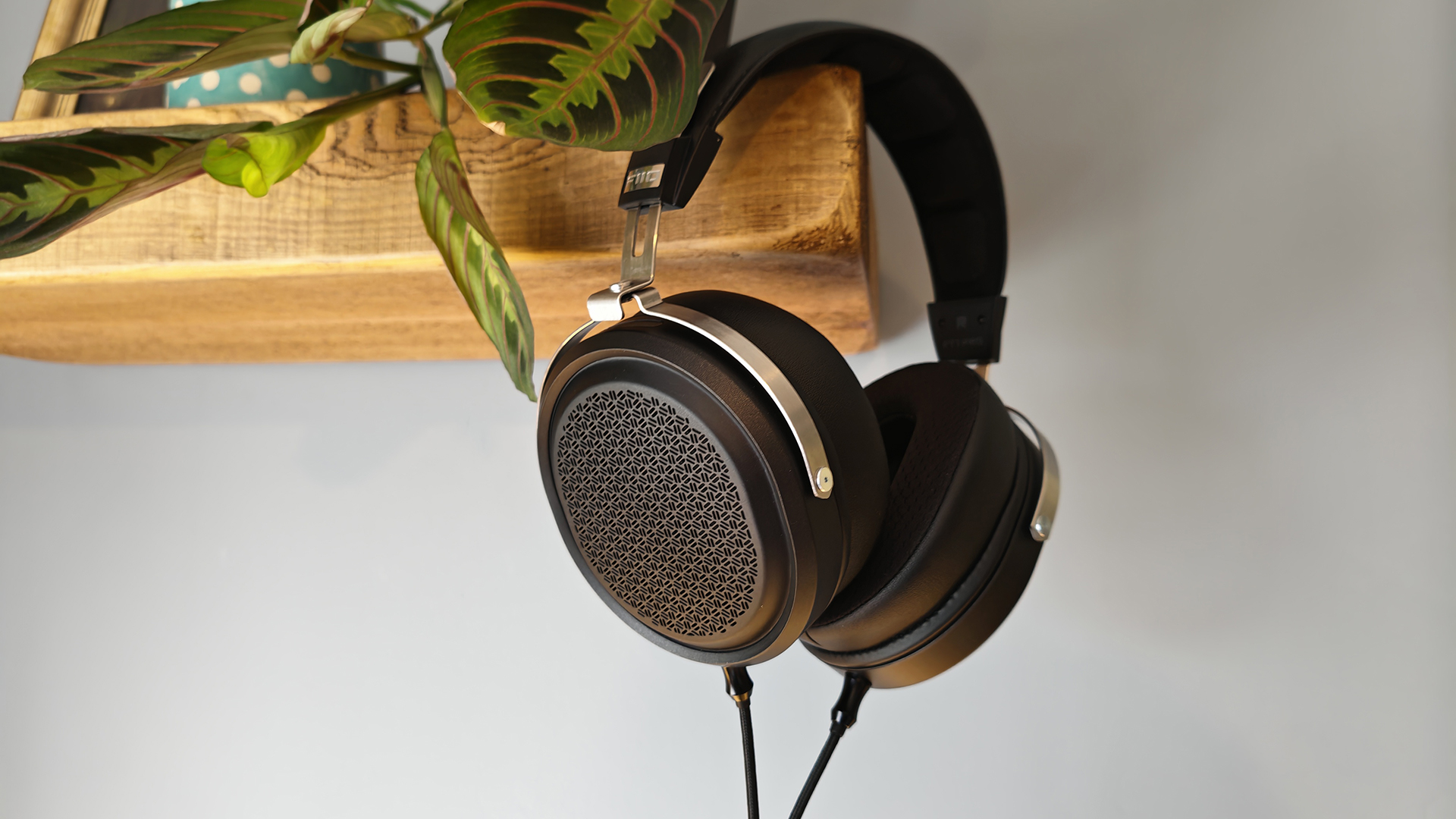How to build a killer mobile game
Simon Duke, senior UX consultant, and Mark Westwater, senior usability consultant of User Vision, explain some of the key constraints to gaming on a smartphone and highlight the key attributes of a successful game
Mobile gaming is big business, with the industry predicted to reach $54billion by 2015 (source: Gadgetgizmodo). As Angry Birds did for Rovio, one successful game can launch a company, or even an individual, into the stratosphere. But what gives a smartphone game the killer edge? What should designers bear in mind as they set about developing the next Angry Birds?
This article will explore some key constraints to gaming on a smartphone and outline the impact these will have on the user experience, before going on to highlight some key principles which, if adopted, should help to ensure a successful game is developed.
Key constraints
On smartphones, the foremost constraint is the screen size. This impacts the size of what can be displayed, be it the focus of the game or the wider game environment. Games that attempt to show too much can swamp the player, who becomes unable to easily see and work out what is going on. For example, Splinter Cell: Conviction has so much activity during some battle scenes, it can be impossible to distinguish where shots are coming from.

Most smartphones are now gesture controlled. While games specifically designed for the smartphone usually make good use of gesture controls, those which have been developed from a console into a smartphone version are usually less successful. Often, game designers have attempted to replicate the control systems in the console versions for the purpose of knowledge transference, leading to complex gestures that are both alien to the device and difficult to learn. Sports simulations suffer particularly from the transfer across platform, with the Madden NFL American Football series from EA Sports especially guilty of this.

The environment is a constraining factor game designers should also bear in mind. Games played on mobile devices are not suited to hours of gameplay. Smartphone games are usually played in short bursts – often to fill some time. Games that require long sessions of concentrated play are unlikely to work well on a smartphone while games like Angry Birds that can be played in short bursts are much more successful. Regarding the environment, smartphone games are often played in public locations, which is also likely to have an impact on the type of game players will be happy to start playing.

The key attributes of a successful game
First, they should be easy to learn. Smartphone game players rarely spend dedicated amounts of time playing and learning games. This is evident given the fact that app store purchases are often unused and deleted soon after download (26 per cent of the time an app is downloaded, used once, and never used again, Source: Localytics). Players won’t invest the same amount of time in mastering a mobile game as they would a console game. So, a game that is simple to pick up is of critical importance. Often, a free version of a game is made available and this must be simple to play, quick to learn and addictive. If it fails on one or more of these grounds, the game will not be played again and will hugely impact the likelihood of upgrading from a ‘lite’ to a full version of the game. Even paid-for games are priced at a level that means users do not have much invested in them.
Related to this, a simplistic set of controls is necessary for a successful game. Too complex a set of controls and the user will lose patience and enthusiasm for the game. The most popular of iPhone games such as Angry Birds, Cut the Rope and Doodle Jump have some of the most simplistic controls of any game – this is not a coincidence.

The psychophysics (the relationship between stimulus and sensation) of the game is also a critical success factor. Angry Birds is so much more than a point and shoot – it gives the user unlimited control over the trajectory and force of the shot and also taps into cause and effect nicely – the structures wobble as you hit them and the pigs explode.
A smartphone is not simply another games console. Several constraints exist that mean that many successful console games can’t transfer well to being played on a phone. Creating a game that is easy to learn and simple to control is key to a generating a great user experience. And a great user experience is the key to creating the next Angry Birds.
Daily design news, reviews, how-tos and more, as picked by the editors.

The Creative Bloq team is made up of a group of art and design enthusiasts, and has changed and evolved since Creative Bloq began back in 2012. The current website team consists of eight full-time members of staff: Editor Georgia Coggan, Deputy Editor Rosie Hilder, Ecommerce Editor Beren Neale, Senior News Editor Daniel Piper, Editor, Digital Art and 3D Ian Dean, Tech Reviews Editor Erlingur Einarsson, Ecommerce Writer Beth Nicholls and Staff Writer Natalie Fear, as well as a roster of freelancers from around the world. The ImagineFX magazine team also pitch in, ensuring that content from leading digital art publication ImagineFX is represented on Creative Bloq.
